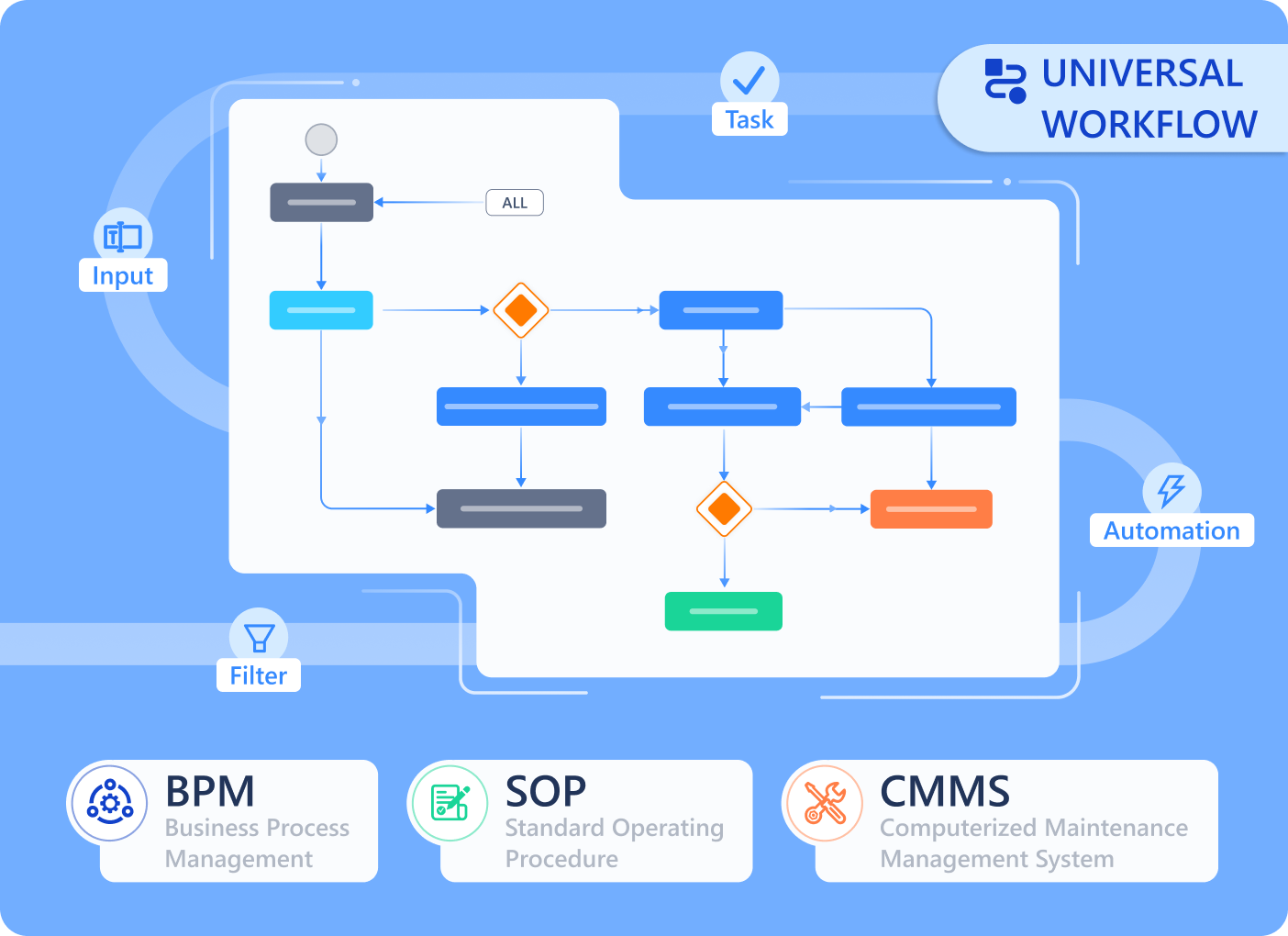Why Workflows Matter
In any business, processes that exist only “in people’s heads” are inconsistent, difficult to track, and impossible to automate or report on. To scale your operations, you must make your processes explicit, visual, and executable.
Object Type, bringing clarity, consistency, and control to every business operation.
The Core Components
EveryWorkflow in Luklak is built from two simple, powerful components:
Status
A
Status represents a specific step, stage, or state in your process. It is a snapshot in the lifecycle of an Object. Examples include NEW, IN REVIEW, APPROVED, or COMPLETED.Transition
A
Transition is the defined, one-way path between two Statuses. It controls how and when an Object can move from one step to the next, enforcing the correct order of operations.How It All Fits Together
Understanding the hierarchy of these components is key to designing effective processes:- You first design a
Workflowby arrangingStatusesand connecting them withTransitions. - This
Workflowis then assigned to a specificObject Type(e.g., the “Sales Deal” blueprint). - This design work all happens inside the canvas of a
📋 Function. - When users create live
Objects(e.g., a specific “Q4 Sales Deal”) inside a⏹️ Space, those Objects are now bound to follow the exact workflow you designed.
By defining the process at the
Object Type level, you ensure that every single “Sales Deal” follows the same approved sales process, guaranteeing consistency and providing reliable data for reporting and automation across the entire team.